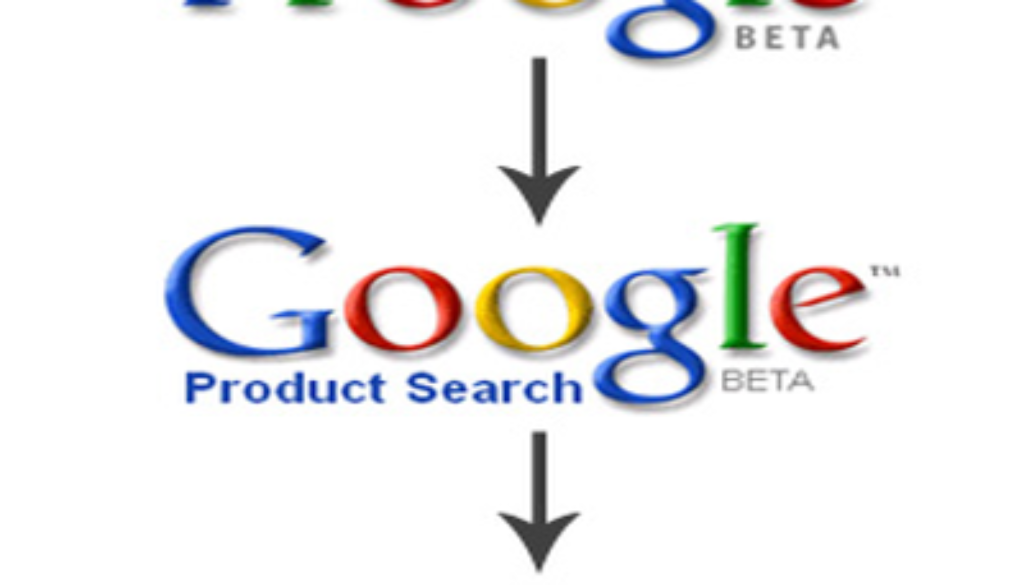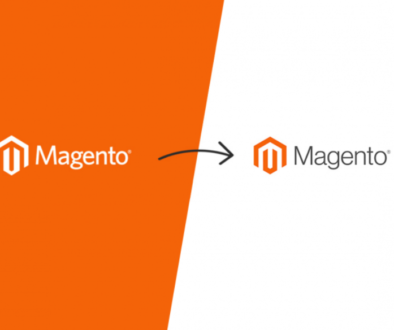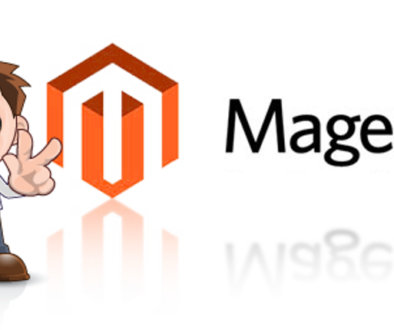Google Shopping Poised to Boost Google
[Adapted and excerpted from Thad Rueter’s feature in Internet Retailer magazine]

Google Shopping, introduced in late May and designed to supplant Google Product Search, is provoking anxiety, confusion and, here and there, enthusiasm among retailers large and small. No one likes it when free becomes paid, but Google Shopping also represents another step for Google in combining search and commerce—essentially, to function not only as a search engine, but as a sales engine.
According to Mike Effle, CEO of Vendio Services Inc., an e-commerce services provider, 80% of merchants in the Internet Retailer Top 500 Guide have provided free product listings to Google’s comparison shopping service. He went on to say, “these merchants were drawn by an online shopping audience that ranks behind only eBay and Amazon in visits.”
What Will Google Shopping Look Like?
The new format may mean consumers see fewer AdWords ads at the top of the search results page, followed immediately by paid Google Shopping listings—product images with their prices and links to retailers below the pictures—which are labeled “sponsored.” Those listings can include additional product information. Immediately below the row of images will be links that enable shoppers to browse by product type; retailers presumably would adjust bids for those products based on seasonality and other factors, including to highlight best sellers, and to maximize margins. Natural search results appear below the Google Shopping module.
The new Google Shopping listings won’t cost consumers anything to view. The starting point will be the same as with the expiring Google Product Search: Merchants will upload such product data as price, image and description to Google’s Merchant Center. But then they’ll have to bid for their listings to appear when consumers search on product-related terms, just as they bid on paid search ads through Google AdWords.
How Will Google Shopping Work?
Product Listing Ads now become the vehicle through which retailers advertise on the Google Shopping service. Merchants bid on the amount they will pay if their product listings in Google Shopping attract clicks or result in sales—that is, on a cost-per-click or cost-per-acquisition model. “Ranking in Google Shopping will be based on a combination of relevance and bid price,” says Sameer Samat, vice president of product management, Google Shopping.
In promoting the paid comparison shopping service, Google representatives talk often about retailers having more control over their listings because merchants will be able to bid based on product attributes or sales, attracting consumers more likely to buy than in the past. After placing those bids, retailers then should let the ads run for one or two weeks, and measure the returns. Then comes more refinement, and the lather-rinse-repeat cycle of figuring out what works best as the ads become ever more precise. “The merchant can then optimize from there at a more granular level, for example breaking up ‘shoes’ into different subcategories or bidding higher on specific brands of electronics in their inventory,” Samat says.
Google Shopping: The Numbers
The paid comparison shopping model could boost Google’s revenue by at least $250M annually, says Scot Wingo, CEO of e-commerce services provider ChannelAdvisor Corp. That’s hardly pocket change, though it pales next to Google’s second quarter 2012 revenue of $10.96B, which was propelled by a 42% year-over-year increase in the number of clicks on ads that appear on Google search results pages, the company’s prime source of revenue.
Google mainly seems to want to make its search engine a more attractive place to start a shopping trip, and to stem the flow of consumers beginning their research on Amazon.com. There’s ample evidence that Google has been losing ground to Amazon among web shoppers. A Vendio study of online marketing channels found:
- Clicks from Google Product Search to merchants monitored by Vendio declined 21% in July compared with a year earlier.
- In July 2012, Google Product Search accounted for 18% of clicks and 28% of orders among comparison shopping engines.
- Amazon Product Ads were the only major channel to register gains, increasing clicks by 1.25% between April and June. During that same period, clicks declined 9.65% for Google.
Forrester Research Inc. data show:
- 30% of U.S. web shoppers began their product research on Amazon.com in the third quarter of 2011, up from 18% in the third quarter of 2009.
- 13% began their product research at Google, down from 24% in the same period in 2009.
Google is providing little detail on how much Google Shopping marketing might cost. “Costs vary widely, not only by size but by the retailer’s vertical, inventory, number of products carried, and bids,” says Samat. “Our focus is on making sure the ROI from Google Shopping at any level is high for the retailer.” A March estimate from ChannelAdvisor provides a view of the price differences between Google ad products and their effectiveness:
- The average cost per click for AdWords for its clients was 67¢, compared with 50¢ for a Product Listing Ad, a format with richer product information such as images and prices.
- The average conversion rate for AdWords stood at 1.49%, compared with 2.40% for the Product Listing Ads that Google has displayed for the past three years and 2.60% for the free Product Search listings.
- Average order values stood at $112.24 for AdWords, $105 for Product Listing Ads, and $105 for Product Search.
“It’s important to note that we do expect the [Product Listing Ad] program to change dramatically with the sun setting on [Google Product Search] as the number of competitors in the auction will increase dramatically,” Wingo says.
A Changing Environment
Google executives argue that requiring retailers to pay for the Product Listing Ads on Google’s comparison shopping service will encourage them to make sure their product data, prices and sales are current and accurate—which, in turn, will help Google deliver better results to consumers. “As an advertising system we need to be much smarter, and do a better job for retailers [by] sending more qualified clicks to them,” Samat says. “Google Shopping will empower businesses of all sizes to compete effectively, and it will help shoppers turn their intentions into actions lightning-fast.”
Google also is encouraging merchants to take part in a host of other e-commerce services, like Google Analytics and Google Trusted Stores, that will help solidify Google’s position as a sales-generating and sales-support tool. Its free Trusted Stores program, for example, allows participating merchants to display a badge on their e-commerce site that shows consumers such customer service data as average on-time shipping rates, along with a guarantee to address any issues that arise by working with the e-retailer on the customer’s behalf. Google monitors merchants for at least 28 days to vet performance standards, after which a merchant may display a Trusted Store badge.
If Google’s vision succeeds and more online shoppers rely on the service, those merchants not taking part will have to find ways to compete with Google’s souped-up sales engine. “Online retailers that lack the expertise or pocketbook to use Google Shopping profitably will need to double their efforts to improve their businesses through SEO, social marketing, and the more defined, fee-driven marketplaces with predictable margins,” says Effle. “Weaker merchants may not survive this transition, but those who do will gain market share.”
How to succeed with Google Shopping
- Treat it as comparison shopping, not search marketing: Google Shopping enables consumers to shop via price, brand, size and other attributes; that’s different from AdWords paid search ads focused on keywords.
- Start broadly: craft bids for Product Listing Ads at the category level, see what works, then tailor bids to specific products or attributes.
- Decide on CPC vs. CPA: Google says that cost-per-click bidding would work best for retailers focused on traffic, while cost-per-acquisition would serve merchants more interested in sales.
- Place minimum bids on all inventory: Google says that placing even very low bids on products submitted via its Merchant Center ensures that interested shoppers have access to those items.
- Follow the paid search rule: for every dollar you spend, get $5 in sales.
Google Shopping versus AdWords
- Purpose: Google Shopping enables consumers to comparison shop. AdWords shows paid search ads to online consumers.
- Focus: Google Shopping is all about products; AdWords revolves around keywords. Advertisers need not provide keywords for Product Listing Ads on Google Shopping, as Google determines relevant keywords from product feeds.
- Complexity: Managing Google Shopping, with Product Listing Ad bids centered around product features, promises to be more complex than crafting an AdWords campaign.
- Format: Google describes Product Listing Ads as “AdWords ads that include rich product information, such as product image, price and merchant name.”
Source: Google, other e-commerce experts


